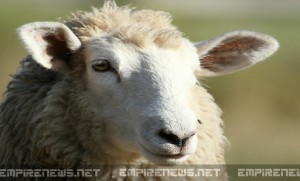Dr. Henry Lee Sen-Su, a researcher and doctor in the field of ophthalmology, is one of the leading experts on blindness in the world. Sen-Su and says that people are killing their eyesight, and within the next fifteen to twenty years, nearly thirty percent of Americans will be inflicted with some degree of permanent blindness.
“The average American smartphone owner checks their phone over 150 time in one day. While some do not spend much time on theirs, many look at their smartphones up to one thousand times in a day, an alarming and extremely dangerous routine,” Dr. Sen-Su said. “This, in my opinion, is just as much of a problem as the obesity epidemic here. It is my educated and guaranteed expert opinion that in the next fifteen to twenty years, over one-quarter of the nations adults, age 40 and older, will become legally blind. All because they can’t resist checking their news feed or checking for whatever bizarre news topics or celebrity is trending. Something must be done, and it needs to be done quickly.”
According to Dr. Sen-Su, the screens that make up our smartphones, whether it be iPhones or a Samsung Galaxy, are becoming “too good,” causing a mild retina burn whenever you look at them. “Thank God that the teeny-tiny phone trend is dying,” said Sen-Su. “The larger phones coming back means slightly less eye strain, which was only compounding the problem.”
Maxwell Picholucini, a spokesperson for NABA, the National Association of Blindness Awareness, says that the organization has set up an agenda to promote the act of personal and vocal interaction to substitute for text messaging.
“The facts are in, and the research has proven that our phones are causing harm to our eyesight. People need to not rely on texting so much, and start making calls and actually talking to each other on their phones. Burning your retinas with your smart phone is not very smart,” Picholucini said. “We at NABA are promoting a slow-down in technology, and are also looking at even going back to older pieces, such as fax machines and rotary phones. Saving people from going blind is our top priority.”






























